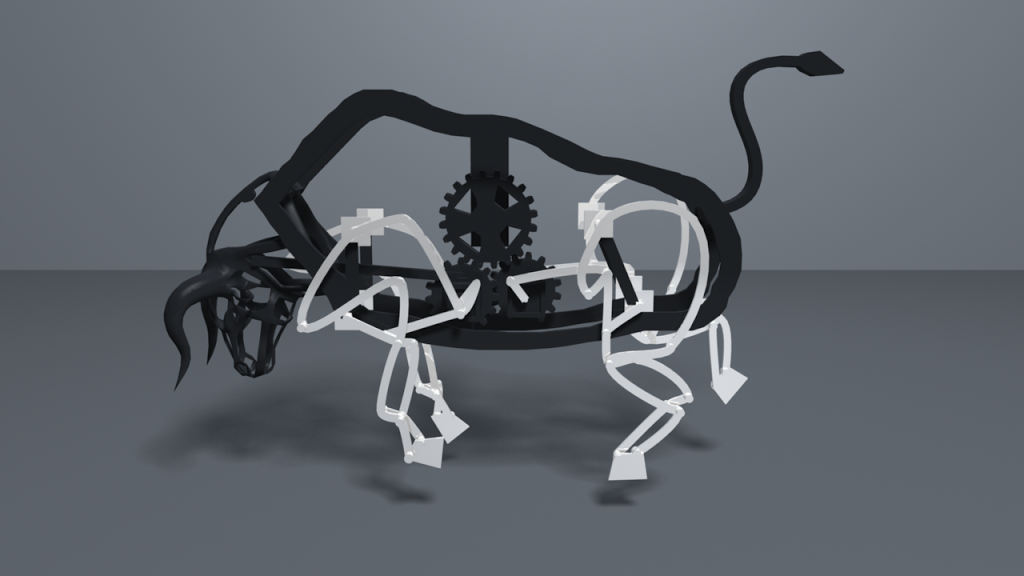 |
| Computational Design of Linkage-Based Characters |
This year, the Technical Papers program received a total of 505 completed submissions! After committee review, 127 of them have been accepted, accounting for a 25% acceptance rate. In addition, 46 papers, Jumping Castle published in ACM Transactions on Graphics during the course of the last year, will be presented at SIGGRAPH 2014.
 |
| Adam Finkelstein |
“As is SIGGRAPH tradition, the quality of this year’s Technical Papers content was superb,” said Adam Finkelstein, Technical Papers Chair from Princeton University. “Not only did we receive outstanding work in the traditional areas of modeling, rendering, animation, and imaging, but we also noticed two emerging fields in design/fabrication and learning.”
For a sneak peek at what’s to come, see below.
Design and Fabrication
- Computational Design of Linkage-Based Characters
This paper presents a design system for linkage-based mechanical characters. The system allows users to interactively browse different design options, while a continuous optimization step improves motion quality and safeguards against singularities.
- Interactive Design and Optimization of Free-Formed Free-Flight Model Airplanes
This paper introduces novel interactive techniques for designing original hand-launched free-flight glider airplanes that can actually fly. Based on a compact aerodynamics model, a user-designed wing configuration is interactively optimized to maximize flight-worthiness.
Learning
- Self-Refining Games Using Player Analytics
Data-driven simulation demands good training data. In games, users explore a small subset of the configuration space. In this paper, a precomputed fluid dynamics game uses crowd sourcing to learn user behavior models that predict the most frequently encountered configurations. Precomputation is concentrated around these states, reducing model error and visual artifacts.
- Learning Bicycle Stunts
This paper presents a general approach to simulate and control a human character riding a bicycle. The rider not only learns to steer and balance in normal riding situations, but also learns to perform a wide variety of stunts, including wheelie, endo, bunny hop, front wheel pivot, and back hop.


